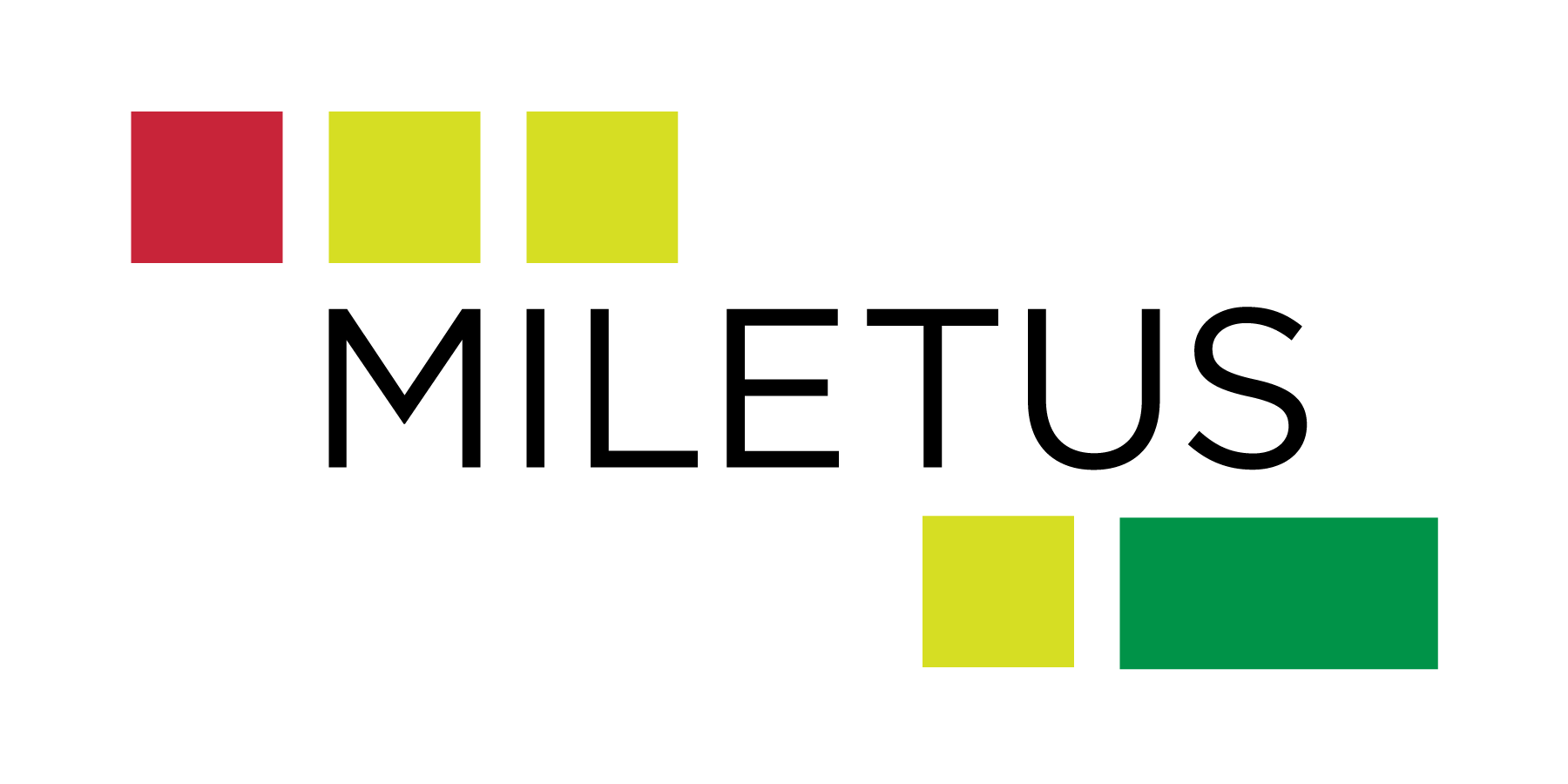The Old Way and the New Way of Zoning

Introduction
As the world of real estate and urban planning continues to evolve, so do the methods for obtaining and understanding land use codes. Previously, professionals in the industry had to navigate complex codes across various townships, and spend countless hours on research. Today, technology has made it easier than ever to read and understand land use data. In this blog post, we will discuss the old way of dealing with land use codes and explore the new, more efficient approach offered by Miletus Analytics.
The Old Way: Slogging Through Complex Codes

By hand, deciphering land use codes and zoning regulations is a laborious task. Someone needs to pore over extensive documents, cross-reference different sources, and back-check against overlapping regulations to ultimately understand the zoning requirements for a specific property. If you want to check the rules of a different township, this process has to be repeated all over again. This process is not only time-consuming but also prone to errors, given the ever-changing nature of land use regulations and the need to constantly update one’s knowledge.
Some of the challenges faced in the old way include:
- Fragmented regulations: Different jurisdictions have their own unique sets of rules and regulations, with each township creating their own set of rules. Without a central database, one has to seek out each township individually.
- Inconsistent terminology: The language used to describe land use codes and zoning regulations is not standardized, making it difficult to compare and contrast requirements across different locations.
- Limited access: Information on land use codes was often buried in badly designed or available only in hard copy.
The New Way: Miletus Analytics’ Suite of Tools

Miletus Analytics develops tools that streamline the process of accessing and understanding land use codes. With just a few clicks, users can obtain zoning data for any property, saving time and reducing the risk of errors. Here are some of the key features of the new way:
- Centralized database: Miletus Analytics has compiled a comprehensive database of zoning regulations and land use codes from various jurisdictions, making it easy for users to access and compare data across different locations.
- Standardized terminology: The suite of tools uses a consistent language to describe land use codes, making it easier for users to interpret and understand the information.
- User-friendly interface: The platform’s intuitive interface allows users to quickly and easily find the information they need, whether they are searching for specific code needs or exploring zoning requirements for a particular property.
- Regular updates: Miletus Analytics continually updates its database to reflect changes in zoning regulations and land use codes, ensuring that users always have access to the most current information.
- Customizable reports: Users can have tailored reports generated that highlight relevant zoning data for specific properties, streamlining the decision-making process for developers, urban planners, and other professionals in the industry.
Conclusion
The old way of understanding land use codes and zoning regulations was time-consuming, inefficient, and error-prone. Miletus Analytics’ suite of tools has revolutionized this process by providing a centralized database, standardized terminology, and a user-friendly interface that allows users to access and understand zoning data with just a few clicks. As the real estate and urban planning industries continue to evolve, these innovative solutions will play a critical role in shaping our cities and communities for years to come.
Contact Miletus Analytics to get started on your zoning journey.
